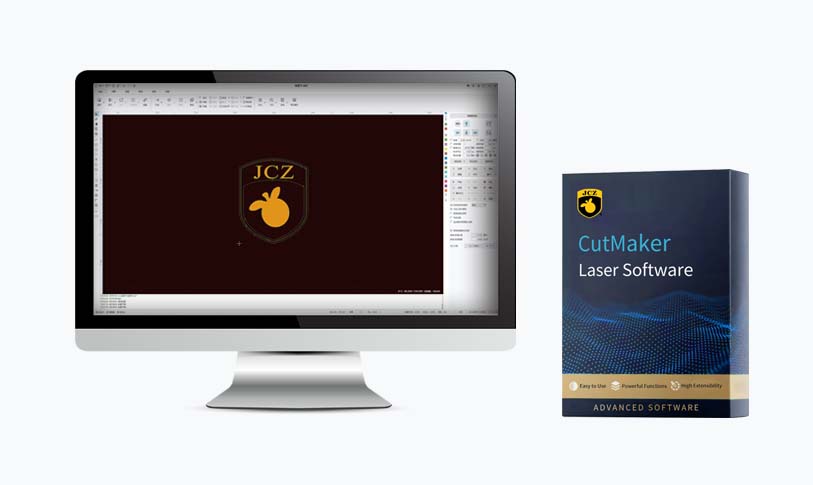****
In recent years, CO2 lasers have become increasingly popular in various industries, including manufacturing, medical, and artistic fields. Their high precision and ability to cut through a range of materials make them indispensable tools. However, potential buyers often face the challenge of understanding the CO2 laser price and determining which features justify variations in cost. This article will delve into the factors that influence CO2 laser prices and provide insight into what consumers can expect when budgeting for a CO2 laser in 2023.
What is a CO2 Laser?

Understanding CO2 Laser Price: Factors Influencing Costs and What to Expect in 2023
A CO2 laser is a type of gas laser that utilizes carbon dioxide as the primary medium for producing laser light. Known for its efficiency and effectiveness, CO2 lasers generate powerful beams of light capable of cutting, engraving, and marking a variety of materials. Common applications include metal cutting, woodworking, textile cutting, and even medical procedures like skin resurfacing. The versatility and power of CO2 lasers make them crucial in numerous settings.

Understanding CO2 Laser Price: Factors Influencing Costs and What to Expect in 2023
Factors Influencing CO2 Laser Prices
1. **Power and Performance**: One of the most significant factors affecting CO2 laser prices is their power output, typically measured in watts. Lasers with higher wattage can operate more quickly and efficiently, making them ideal for industrial applications. As a result, higher wattage CO2 lasers often come with a higher price tag. While small, low-power models suitable for crafts and hobbyists might start around $2,000, professional-grade lasers can range from $10,000 to over $100,000 depending on the power output.
2. **Brand Reputation**: The manufacturer’s brand can also greatly influence the CO2 laser price. Established brands with a reputation for quality and reliability often command premium prices due to their proven track record and customer support. In contrast, lesser-known brands might offer more competitive pricing but could lack the same level of customer service or product reliability.
3. **Features and Accessories**: Additional features such as cooling systems, cutting tables, and advanced control interfaces can significantly affect the overall cost of a CO2 laser. For example, a laser with automated features, such as auto-bed leveling or advanced software integration, can be more expensive but may provide significant efficiency benefits in production environments. Accessories, such as lenses and mirrors for beam optimization, can also add to the overall cost.
4. **Size and Portability**: CO2 lasers come in various sizes, from smaller desktop models for home use to large industrial machines. Larger machines designed for high-volume production typically have higher costs due to the added materials, technology, and manufacturing complexity. On the other hand, smaller, portable laser cutters are more budget-friendly and are designed for hobbyists or small business owners.
5. **Type of Application**: The intended application can significantly affect the price of a CO2 laser. Industrial models built for heavy-duty production environments are often more costly due to their robust construction and needed power. Conversely, a CO2 laser meant for art and crafts may have fewer features and be more affordable.

Understanding CO2 Laser Price: Factors Influencing Costs and What to Expect in 2023
6. **Market Trends and Economic Factors**: Like many products, CO2 laser prices can be influenced by market trends and global economic conditions. Supply chain issues, increasing demand for laser technology, and advancements in manufacturing methods can lead to fluctuations in prices. Potential buyers should stay informed about market conditions to better anticipate costs.
What to Expect in 2023
In 2023, the CO2 laser market continues to evolve with technological advancements and increasing automation. Buyers can expect a diverse range of options, catering to various needs and budgets. Entry-level CO2 lasers might start around $1,500, while high-end models with advanced features can exceed $100,000. As the technology continues to improve, prices may also become more competitive, especially from emerging brands.
Conclusion
When assessing CO2 laser prices, it is crucial to consider the factors that influence costs, including power, brand reputation, features, size, application, and market conditions. Understanding these variables will empower potential buyers to make informed decisions and select a CO2 laser that fits not only their budget but also their needs. As technology advances, 2023 presents an excellent opportunity for both first-time buyers and seasoned professionals to invest in CO2 lasers that enhance their capabilities and productivity.laser 50w co2


